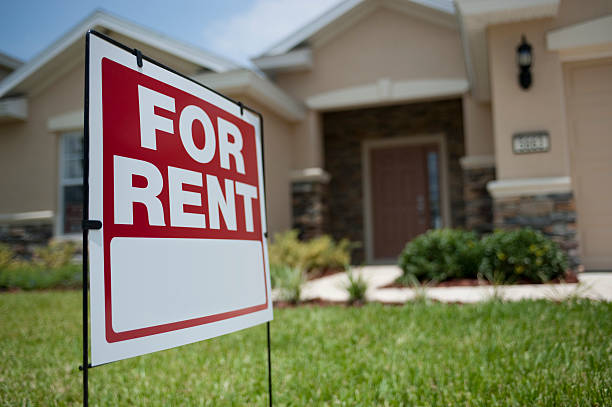In the realm of rental properties, the traditional process of viewing a property often involves coordinating schedules with landlords or property managers. However, the rise of self-showings has revolutionized this approach, allowing prospective tenants to view properties at their convenience without the need for a representative present. In this article, we will delve into the pros and cons of self-showings for landlords, discussing the benefits and potential drawbacks of this approach. Furthermore, we will provide valuable tips to help landlords navigate the self-showing process effectively, ensuring a positive experience for both parties involved.
Pros of Self-Showings for Landlords
- Enhanced Convenience: Self-showings offer unparalleled convenience for both landlords and prospective tenants. By eliminating the need for scheduling conflicts, landlords can attract a larger pool of potential renters, thus expediting the rental process.
- Time Savings: With self-showings, landlords can save precious time by not having to personally accompany every property viewing. This is particularly advantageous for landlords managing multiple properties or those with busy schedules, allowing them to allocate their time more efficiently.
- Increased Applicant Pool: By offering self-showing options, landlords can tap into a wider range of potential tenants. Some individuals prefer the independence and privacy that self-showings afford, leading to an expanded pool of interested applicants.
- Improved Security Measures: Self-showing systems often employ advanced technology such as secure lockboxes or smart home devices. These measures can track access and enhance property security, reducing the risk of unauthorized entry and potential property damage.
Pros of Self-Showings for Landlords
- Limited Control: Self-showings may limit a landlord’s control over the viewing process. Without a representative present, there is a potential for miscommunication, misunderstandings, or unanswered questions from prospective tenants.
- Property Damage Risks: Without direct oversight, there is an increased risk of potential tenants causing unintentional or deliberate damage to the property. Proper screening and security measures are crucial to minimize this risk.
- Security Concerns: Allowing strangers to access the property without supervision raises security concerns. Landlords must implement appropriate security measures, such as thorough tenant screening, identification verification, and secure access codes, to protect their property.
- Loss of Personal Connection: Self-showings eliminate the opportunity for landlords to personally connect with potential tenants. Building rapport and establishing a personal relationship can be crucial in selecting reliable and responsible renters.
Tips for Successful Self-Showings
- Clear Communication: Provide clear instructions to potential tenants regarding the self-showing process, including how to access the property, any specific rules to follow, and the designated timeframe for viewing. Transparency and clarity are key to ensuring a smooth experience.
- Robust Tenant Screening: Implement a comprehensive tenant screening process to evaluate the suitability of applicants before granting them self-showing access. This includes background checks, credit checks, rental history verification, and thorough identification verification.
- Secure Access Systems: Utilize secure lockboxes, smart locks, or other access control systems that provide unique access codes and time-limited entry. These measures minimize the risk of unauthorized access and enhance property security.
- Property Information and Visuals: Provide detailed and accurate property information in your listings, including high-quality photographs, comprehensive descriptions, and any unique features or amenities. This enables potential tenants to make informed decisions and reduces unnecessary showings.
- Safety Precautions: Establish safety protocols for both landlords and tenants. Encourage tenants to inform a trusted contact or friend about their self-showing visit and ensure they have a means of communication readily available in case of emergencies.
- Regular Property Monitoring: Conduct periodic visits to the property or utilize technology such as security cameras or smart home systems to monitor the condition of the property. Promptly address any maintenance or security issues that arise.
- Prompt Communication: Provide a reliable means of communication for potential tenants to ask questions or seek clarifications during the self-showing process. Promptly respond to inquiries to maintain good communication and enhance the overall experience.
- Feedback Gathering: Encourage potential tenants to provide feedback after their self-showing experience. This feedback can help identify areas for improvement, address concerns, and refine the self-showing process.
Conclusion
Self-showings have emerged as a convenient alternative for landlords and prospective tenants alike. While they offer benefits such as enhanced convenience, time savings, and an expanded applicant pool, landlords must be aware of potential drawbacks and security concerns. By implementing thorough tenant screening, clear communication, robust security measures, and diligent property monitoring, landlords can successfully navigate the self-showing process and provide a positive experience for potential tenants. With careful planning and attention to detail, self-showings can streamline the rental process and contribute to efficient property management.



